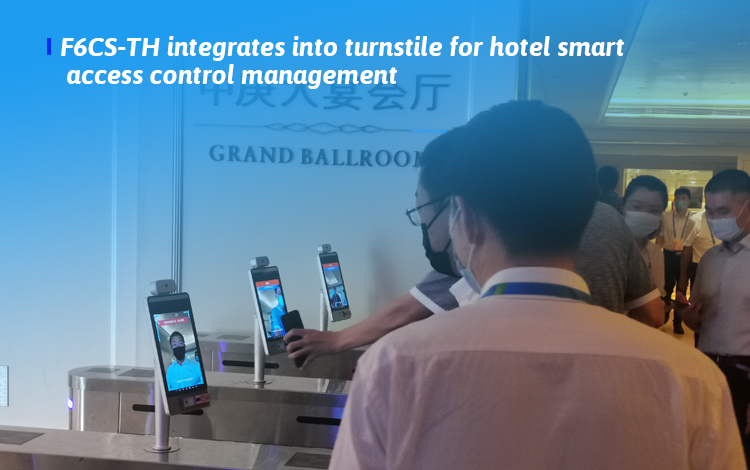As facial recognition technology becomes more and more advanced, it's being used in a variety of different ways – including for access control.
A facial recognition access control system uses the unique characteristics of an individual's face to verify their identity and grant them access to a particular area. This type of system is often used in high-security areas, as it can provide a very high level of accuracy.

There are a number of different types of facial recognition access control systems available on the market, each with its own advantages and disadvantages. It's important to choose the right system for your specific needs.
One type of system uses 2D images to identify individuals. This can be done with either still images or video footage. 2D systems are generally less expensive than 3D systems, but they're also less accurate.
Another type of system uses 3D imaging to identify individuals. This is often done with infrared cameras, which can create a 3D image of a person's face. 3D systems are generally more accurate than 2D systems, but they are also more expensive.
Face recognition systems can be used for a variety of purposes, including security, identity verification, and marketing. In security applications, face recognition systems can be used to identify individuals who are not authorized to enter a particular area. For example, face recognition systems are used at some airports to identify passengers who are on the no-fly list.
In identity verification applications, face recognition systems can be used to confirm that an individual is who they claim to be. For example, face recognition systems are used by some banks to verify the identity of customers who are opening new accounts.
In marketing applications, face recognition systems can be used to collect data about customer behavior. For example, face recognition systems are used by some retailers to track how often customers visit their store, what products they purchase, and how long they spend in the store.
